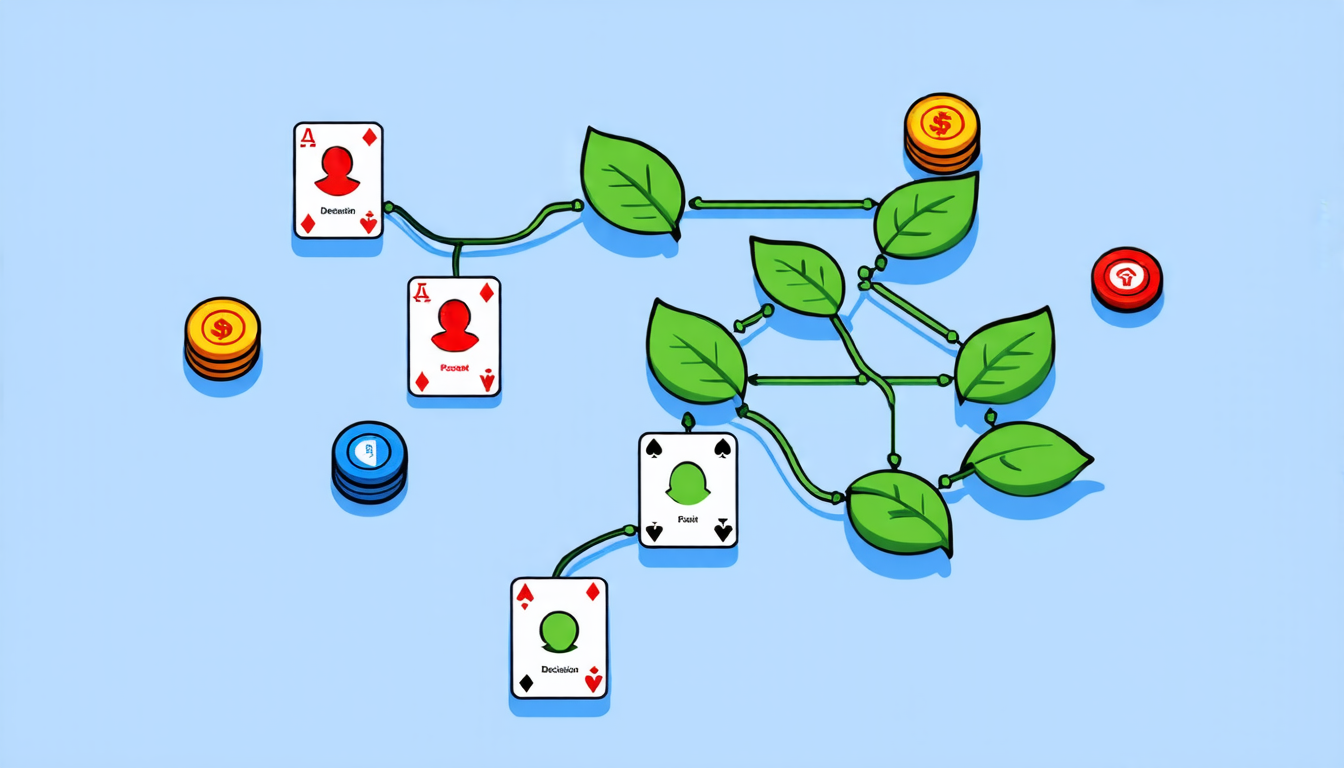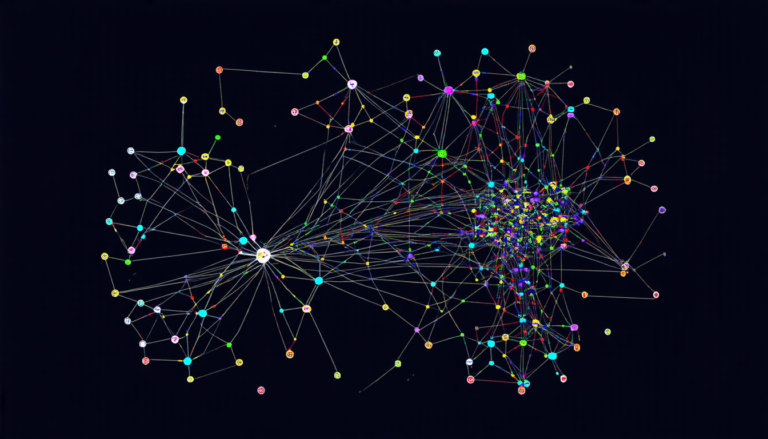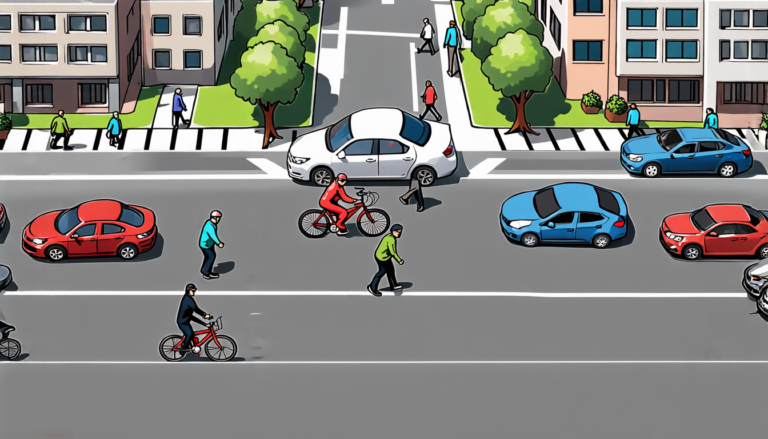Wednesday 09 April 2025
Neurosymbolic decision trees are a new type of AI model that combines the best of both worlds: the logical, explainable reasoning of symbolic AI and the powerful learning capabilities of neural networks. This fusion allows neurosymbolic decision trees to learn complex patterns in data and make accurate predictions, all while providing transparency into their decision-making process.
The concept is simple enough: take a traditional decision tree, which is a flowchart-like model that breaks down a complex problem into smaller, more manageable parts, and add a neural network to the mix. The neural network is used to learn the relationships between different attributes in the data, while the decision tree provides a framework for organizing those relationships into a logical, hierarchical structure.
The benefits of neurosymbolic decision trees are numerous. For one, they can handle complex, high-dimensional data sets that would be difficult or impossible for traditional decision trees to process. They also provide a level of transparency and explainability that is often lacking in black-box neural networks. And because they’re based on logical, symbolic reasoning, they can be easily modified or extended by humans, making them more adaptable and flexible than traditional AI models.
One potential application of neurosymbolic decision trees is in the field of computer vision. Traditional decision trees are often used to classify images into different categories, but neurosymbolic decision trees could potentially learn even more complex patterns and relationships between objects in an image. This could lead to improved performance in tasks like object detection or segmentation.
Another potential application is in natural language processing. Neurosymbolic decision trees could be used to analyze text and identify complex patterns and relationships between different words and phrases. This could lead to improved performance in tasks like sentiment analysis or question-answering.
The researchers behind neurosymbolic decision trees have also explored their use in the field of game theory, specifically in the context of the card game Eleusis. In this game, players take turns playing cards, trying to create sets and runs while blocking their opponents from doing the same. Neurosymbolic decision trees were used to analyze the game and identify patterns and strategies that human players might use.
The potential applications of neurosymbolic decision trees are vast and varied, and researchers are still exploring the possibilities. But one thing is clear: this new type of AI model has the potential to revolutionize the way we approach complex problems in computer science and beyond.
Cite this article: “Neurosymbolic Decision Trees: A New Frontier in Artificial Intelligence”, The Science Archive, 2025.
Artificial Intelligence, Machine Learning, Decision Trees, Neural Networks, Symbolic Ai, Explainability, Transparency, Computer Vision, Natural Language Processing, Game Theory







